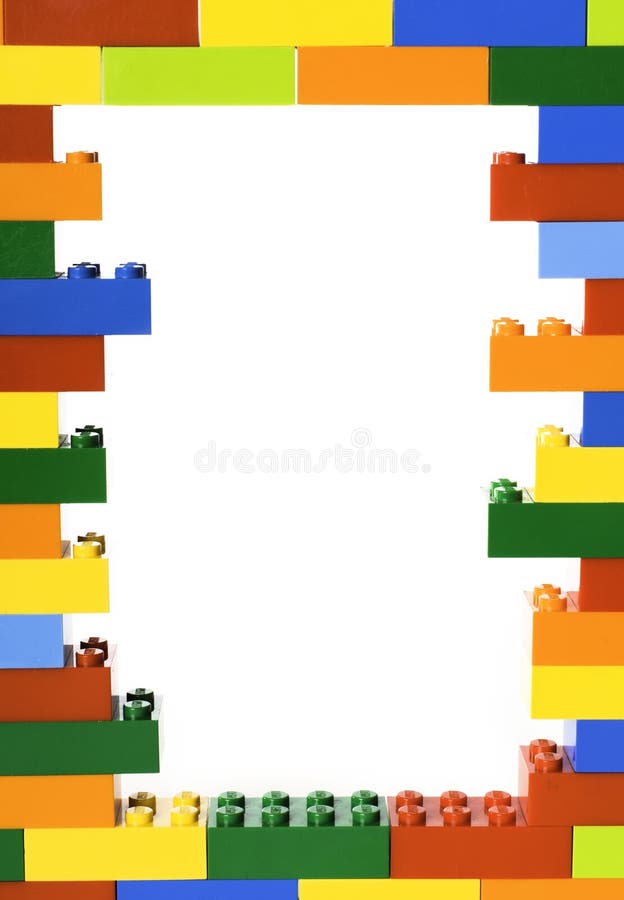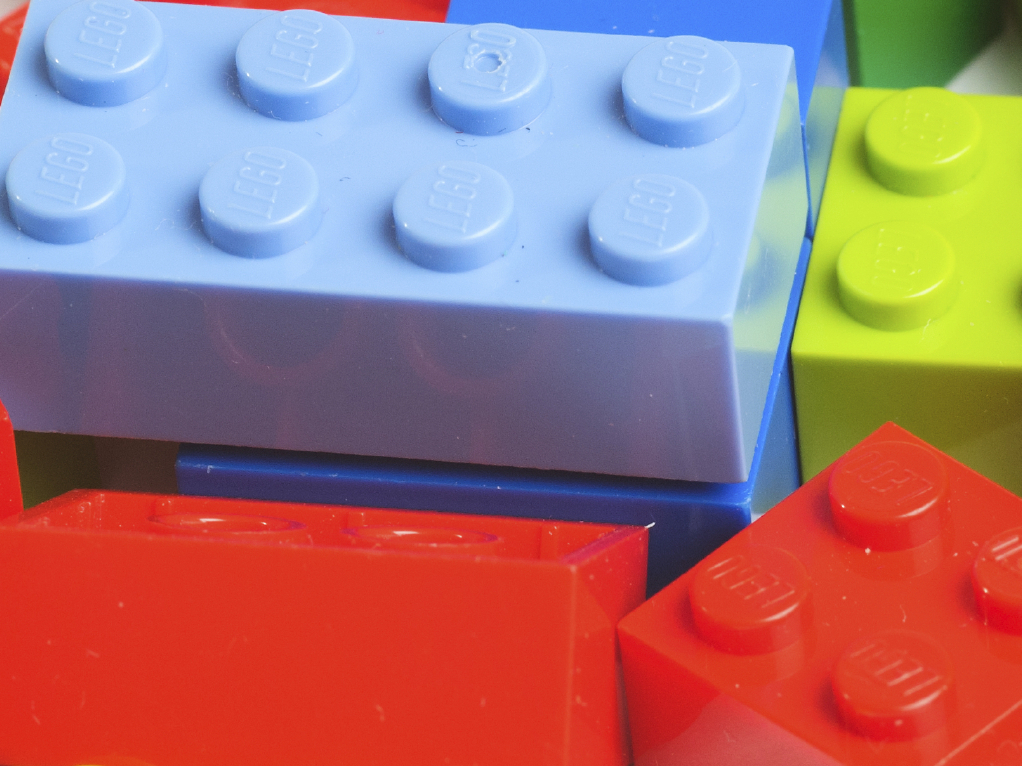

There will be a small gap between the bricks. These bricks have slightly thinner walls, so you don’t need to worry that they will not fit next to each other. We have learned something from these mistakes and designed a set of several basic pieces printable with our Original Prusa i3 MK3s. The most common problem is that brick walls are usually too thick, making it impossible to place 2 bricks next to each other. The authors made their models as precise as the originals but did not take into account larger clearances necessary for FFF 3D printing.
LEGO BLOCKS FOR FREE
However, a vast majority of other pieces available for free on the internet seemed to be unsuitable due to small or no clearances whatsoever.

We’ve achieved the best results with Prusament ASA (which worked great for other parts, too), mostly due to the similarity to ABS used for original LEGO pieces. These models are more about the tracks themselves and joints between them, therefore accuracy is not critical here. The main advantage here is that the connection with regular “pins” is minimal compared to other LEGO pieces. The best results were achieved with railroad parts compatible with those from the LEGO City series. Especially first layer calibration is especially essential for a successful LEGO print.ĭuring our tests, we printed several LEGO parts available for free on PrusaPrinters or Thingiverse. Your 3D-printed pieces might not fit as well as the original ones.Ģ) You’ll achieve better results with a well-maintained and properly calibrated 3D printer (every 10 micrometers are important). Some parts will have more trouble connecting, others might be a little too loose. Generally, there are 2 rules you need to take into account:ġ) FFF 3D printers are less accurate than injection-molding. Traditional LEGO bricks are a bit more difficult to replicate, but it can be done – our experiments done using Original Prusa i3 MK3S printers confirm that. FFF 3D printingįFF 3D print is suitable for producing classic LEGO-style and LEGO Duplo-style blocks. So let’s take a look at a few tricks that will help you deal with the lower accuracy of hobby-grade machines, but keep in mind that 3D-printed parts won’t have quite the same quality as original LEGO bricks. But still, there are quite a lot of makers all over the world (for example io3dprint or 3dprintingmentor) trying to print LEGO with various levels of success – this confirms that you can 3D print almost anything, even though it’s not as easy as pressing a single button. This is a target that standard FFF 3D printers will always have trouble reaching. The original LEGO bricks made with ABS have a smooth surface and they are manufactured with a precision of 10 micrometers or better thanks to the injection molding technology. Not bad, right? But if you add the value of your time spent on print preparation and postprocessing (brim removal and possible acetone smoothing of ABS/ASA parts), you’ll find out that the cost might be significantly higher.Īnother challenge is the accuracy. If you count only the price of the material used, it will cost you less than 2.50 USD. If you decide to print the bricks with our Original Prusa i3 MK3S with Prusament PLA galaxy silver, you’ll use about 80 grams of material during a 13-hour print job. The cost of 20 such parts without shipping is 5.40 USD (the price might vary depending on your country). You can buy them at the official LEGO website. Here’s a good example: Imagine that you need 20 pieces of grey high 1×8 blocks. It’s not an easy answer – printing a single brick is rather easy and cheap, but it’s also the time required for post-processing that you need to take into account. We’re sure that you would like to know how much 3D printed parts will cost you in comparison to the original ones made with injection-molding technology. However, before we jump into exact instructions covering various materials and printer configurations, we’ll sum up a few basic facts about 3D printed LEGO-like bricks.


 0 kommentar(er)
0 kommentar(er)
